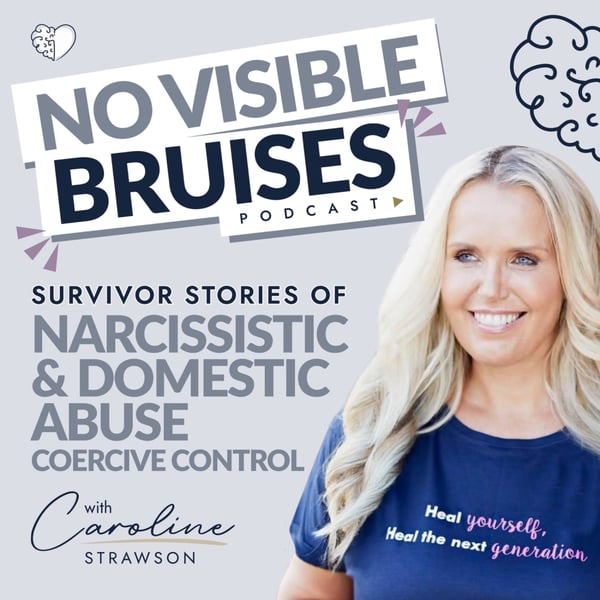Grey Rock The Narcissist
Trauma & Narcissism Redefined
Caroline Strawson
4.8 • 701 Ratings
🗓️ 15 September 2020
⏱️ 16 minutes
🧾️ Download transcript
Summary
Today I want to talk to you about a term that you may have seen associated with narcissistic abuse.. This is Grey Rocking, and I’m going to explain how to be a Grey Rock around the narcissist.
What You Will Learn In This Episode:
- What Grey Rock means in the communication with a narcissist
- Why it is necessary to adopt this behavior
- How to avoid being activated by what the narcissist says
- Practical tools to modify your communication with the narcissist
- What reaction to Grey Rocking you can expect from them
I want you to give it a go now and be the Grey Rock to the narcissist. It gives you a sense of control, and being like that doesn't mean you're giving in. What it means is yourself taking your power back, so you can recognise that you deserve to heal, to survive, and you deserve 100% to thrive after the trauma of narcissistic abuse.
Resources:
- The Trauma Bond & Addiction to the Narcissist https://www.carolinestrawson.com/011-the-trauma-bond-addiction-to-the-narcissist/
- Join my Facebook group https://www.facebook.com/groups/thriveafternarcissisticabuse
Transcript
Click on a timestamp to play from that location
| 0:00.0 | Welcome to the narcissistic abuse recovery podcast. I'm Caroline Stawson and I'll be sharing with you |
| 0:09.2 | awareness, understanding and education about the devastating effects of narcissistic abuse to help you thrive. |
| 0:16.8 | I want you to know that I've been exactly where you are now and I believe you. |
| 0:21.4 | And this show is all about taking you from trauma to transformation. |
| 0:30.6 | So in today's episode, I want to talk to you about a phrase or a term that you may have seen |
| 0:36.0 | associated with narcissistic abuse. |
| 0:38.4 | So maybe you've wondered what it is. |
| 0:40.2 | Maybe you're trying to do it or maybe you're doing it really, really successfully and you'll |
| 0:47.4 | totally understand why I want to talk about this. |
| 0:49.5 | And this is grey rocking. |
| 0:51.8 | So being a grey rock around the narcissist. So one of the key factors to |
| 0:56.6 | recognise when we're trying to heal from the trauma of narcissistic abuse is really creating |
| 1:02.7 | an environment conducive to our healing. Because at the end of the day, we know from other |
| 1:07.6 | episodes that I've spoken about, we can have an addiction to the narcissist. |
| 1:11.5 | There are lots of issues from our childhood that can come into play. |
| 1:15.5 | And what that means is we tend to live our life in a constant state of activation. |
| 1:21.4 | So we're in the sympathetic trauma response, perhaps feeling anxious and angry in the fight or flight, or we're even further down |
| 1:30.2 | that emotional regulatory ladder into what we call in polyvagal theory, the dorsal vagal aspect |
| 1:36.8 | of that trauma response in the freeze. And that's normally when depression can show up where we |
| 1:43.7 | have dissociation. |
| 1:45.1 | So that means when we feel almost like we're numb, |
| 1:47.8 | we're not allowing ourselves to feel anything very, very common with complex PTSD symptoms, |
... |
Transcript will be available on the free plan in -1659 days. Upgrade to see the full transcript now.
Disclaimer: The podcast and artwork embedded on this page are from Caroline Strawson, and are the property of its owner and not affiliated with or endorsed by Tapesearch.
Generated transcripts are the property of Caroline Strawson and are distributed freely under the Fair Use doctrine. Transcripts generated by Tapesearch are not guaranteed to be accurate.
Copyright © Tapesearch 2025.

